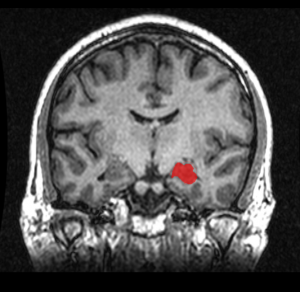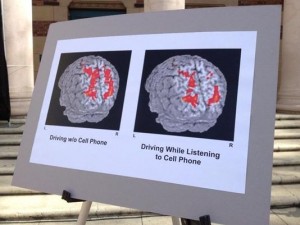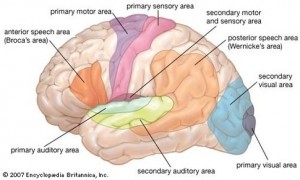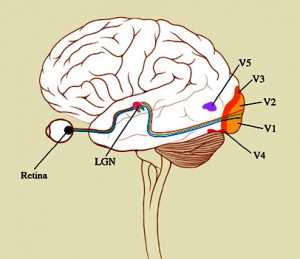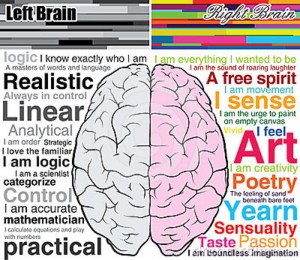It seems like common sense that you shouldn’t talk on the phone while driving a car. You cut your maneuvering resources in half, and some people are just not as skilled at driving with one hand.
The obvious solution? Hands-free phone calls! With relatively new technology, you can make phone calls and even dial friends and family with the sound of your voice. Without the hassle of holding the phone itself, your attention can now focus on the road ahead of you.
There’s just one problem with that theory–it’s wrong.
Multitasking is a process which uses executive function in order to complete more than one action or thought process at a time. The problem with multitasking involves switch cost, which is the disruption of one task by another and the slowness of the second task as compared to the other. While driving and talking on the phone, this switch cost can not only lead to more driving mistakes, it can actually impair the driver’s ability to judge how safely they are driving.
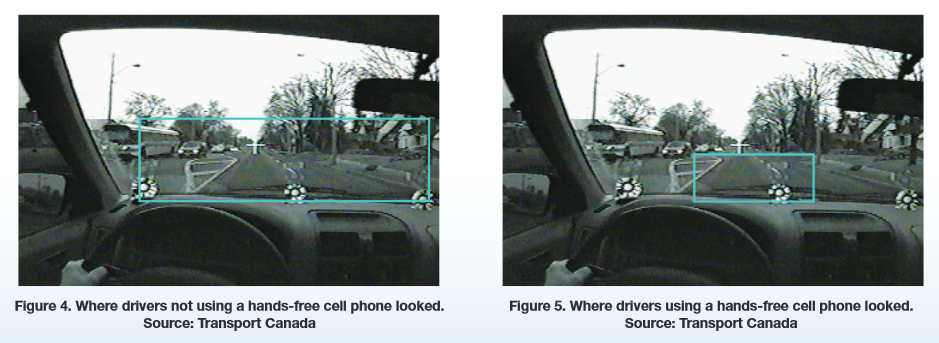
Hands-free driving causes inattention blindness, which means that drivers have a tendency to look at, but not really “see” objects (Understanding the Distracted Brain, 2012).
Although many people claim that they are “great at multitasking”, research indicates that this is rarely, if ever true. A 2015 study investigated multitasking during daily life instead of in a laboratory setting, where previous research on the subject was usually conducted. The study focused specifically on technology distractions in the teen and young adult age group. The research suggests that there is no instance in which multitasking improves performance. This includes multitasking while doing homework, sitting in class, and all other aspects of young adult life (Carrier et al., 2005). If the study suggests that multitasking with technology never has a positive effect on these tasks, why is it still socially acceptable to do it while operating a potentially dangerous vehicle?

Green states have laws prohibiting all drivers from using hand-held cellphones while driving. Red states do not.
Currently,15 states have laws against driving and talking on a cellphone that is not hands-free. These new rules fall under the “Distracted Driving” laws and are under the same category as texting while driving. These laws seem like a good idea, but most scientific research claims that these laws actually make driving more dangerous than before, because they encourage the usage of hands-free devices.
According to a 2004 study, talking using a hands-free device decreases braking speed and significantly decreases the ability to avoid obstacles while driving. The data suggests that talking on a hands-free cellphone is significantly more deleterious than talking to a passenger in the car (Treffner & Barrett, 2004).
What about the differences between talking using a hands-free device and holding the cellphone? Surely it must be better to use a hands-free device? Not quite.
In a study surveying New York taxi drivers who had experienced an accident, the chance of an accident while talking on the phone was increased by a factor of 4 as opposed to driving in silence. In addition, there was no distinction between hands-free and non hands-free devices on the risk factor.
There is also a correlation between the usage of hands-free devices and presuming that you are a safer driver than you actually are. In a 2015 study, a driving simulator allowed participants to drive with either no device or while talking on a hands-free device. The study found that not only did the participants talking on the hand-free device make more mistakes, they also were unable to accurately judge the number of driving mistakes they had made (Sanbonmatsu et. al, 2015). This research emphasizes that hands-free driving can diminish the ability of a person to judge the safety of their own driving, an effect which can cause major safety issues.
Although the majority of scholarly research and other online sources agree that hands-free driving is hardly safe, companies such as Bluetooth constantly encourage consumers to use their products for not only talking on the phone, but much more. As taken from the Bluetooth website:
“Since the smartphone is the hub of consumer’s lives, they allow consumers to do much more than just talk or listen to music. Once connected to the audio system and the flat-panel displays, drivers can use apps to navigate, check traffic, view weather reports, look up movie and restaurant information, and perform other tasks to improve the driving experience.”
Unfortunately, instead of acknowledging the dangers of hands-free driving, Bluetooth has instead added more features that can be accessed via voice. This seems incredibly irresponsible, and as consumers, we must be aware of the actual dangers involving hands-free talking, texting, and even weather-checking.
Check out this commercial, which glorifies a car reading your Facebook newsfeed out-loud:
The following image appears in a blog post from “Simply Being Mommy”, a website for new mothers and mothers-to-be. The author explains how easy it is to use the technology, and how she can finally keep her “eyes on the road”. The mother in the article truly believes that this hands-free technology will keep her children safe. The majority of scientific research disproves her claim.
So…why does this all matter?
On January 14th, 2004, a woman in Grand Rapids, MI hit and killed a 12 year old boy. Witnesses say that she was looking directly at the road. She was not holding her cellphone and not texting. However, she was using a hands-free device, and her attention was held by the conversation, not by the boy ahead (Understanding the Distracted Brain, 2012). While it is important to be aware of the more trivial consequences multitasking has on daily activities such as homework, it is essential that we prevent tragedies such as this one by being informed consumers and not mixing talking with driving.
References
Bluetooth. (2015). Bluetooth expands beyond hands-free calling. Retrieved from Bluetooth website: http://www.bluetooth.com/marketing-and-branding/markets/automotive-cars#sthash.7DutiD6Y.dpuf
Carrier, L. M., Rosen, L. D., Cheever, N. A., & Lim, A. F. (2015). Causes, effects, and practicalities of everyday multitasking. Developmental Review, 35, 64-78. http://dx.doi.org/10.1016/j.dr.2014.12.005
Crystal. (2012, August 20). Bluetooth (hands free calling) [Blog post]. Retrieved from Simply Being Mommy website: http://simplybeingmommy.com/2012/08/20/2013-kia-sorento-ex-fwd-review/
Insurance Institute for Highway Safety, & State Highway Safety Offices. (2015, November). Distracted driving laws. Retrieved from Governors Highway Safety Association website: http://www.ghsa.org/html/stateinfo/laws/cellphone_laws.html
NewsFromTheShed. (2011, February 8). Status | Chevy Cruze | Super Bowl Ads [Video file]. Retrieved from https://www.youtube.com/watch?v=seKnxwzF2DU
Sanbonmatsu, D. M., Strayer, D. L., Biondi, F., Behrends, A., & Moore, S. M. (2015). Cell-phone use diminishes self-awareness of impaired driving. Psychonomic Bulletin & Review, 1-7. http://dx.doi.org/10.3758/s13423-015-0922-4
Treffner, P. J., & Barrett, R. (2004). Hands-free mobile phone speech while driving degrades coordination and control. Transportation Research Part F: Traffic Psychology and Behaviour, 7(4-5), 229-246. http://dx.doi.org/10.1016/j.trf.2004.09.002
Understanding the distracted brain: Why driving while using hands-free cell phones is risky behavior (National Safety Council, Comp.) [Pamphlet]. (2012). Retrieved from http://www.nsc.org/DistractedDrivingDocuments/Cognitive-Distraction-White-Paper.pdf



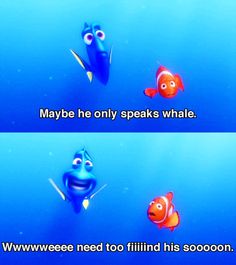
 Researchers have spent decades attempting to crack the code of dolphin speak, but with no luck. Dolphins, like whales and being elusive when underwater, display many of the same gestures when interacting with each other when playing and fighting, making it difficult for researchers to derive meaning from their sounds and movements.
Researchers have spent decades attempting to crack the code of dolphin speak, but with no luck. Dolphins, like whales and being elusive when underwater, display many of the same gestures when interacting with each other when playing and fighting, making it difficult for researchers to derive meaning from their sounds and movements.

